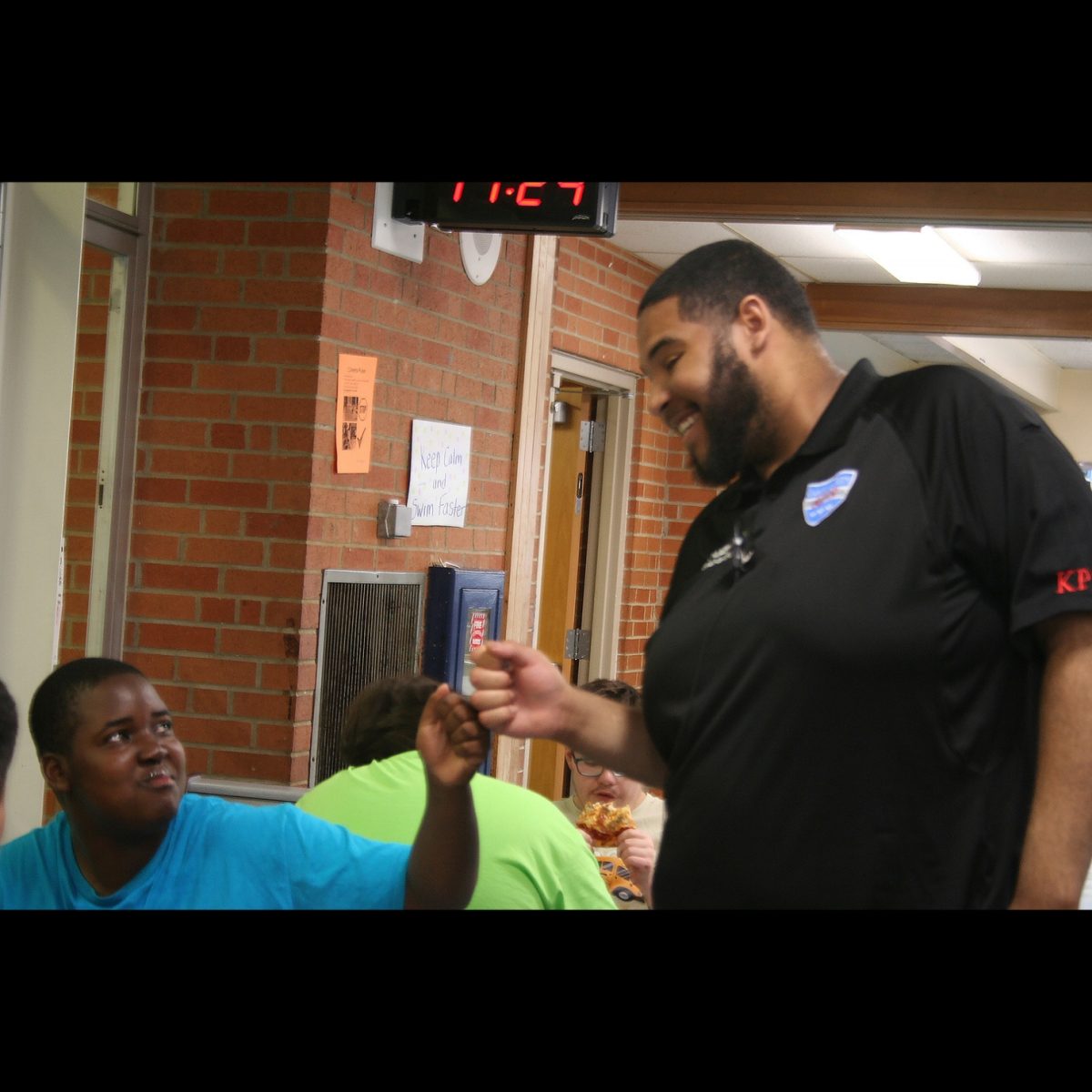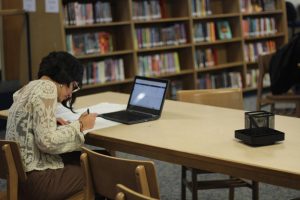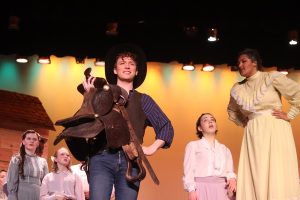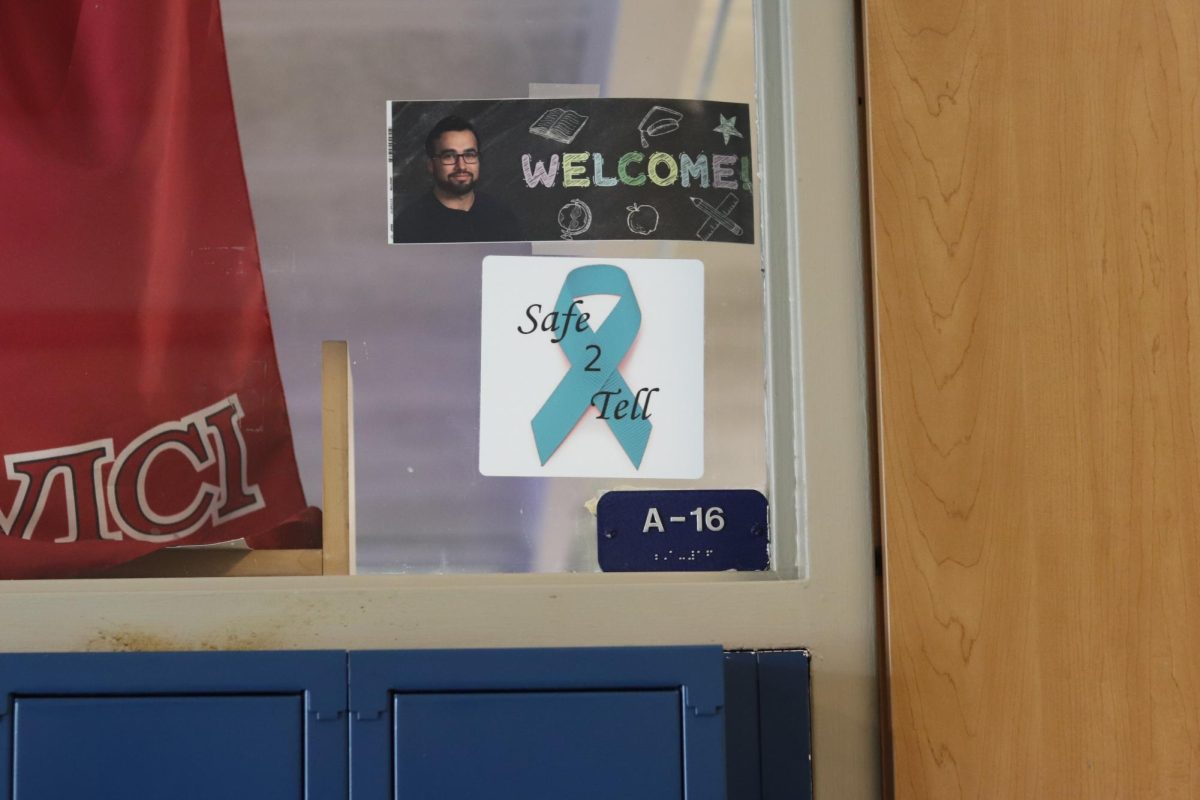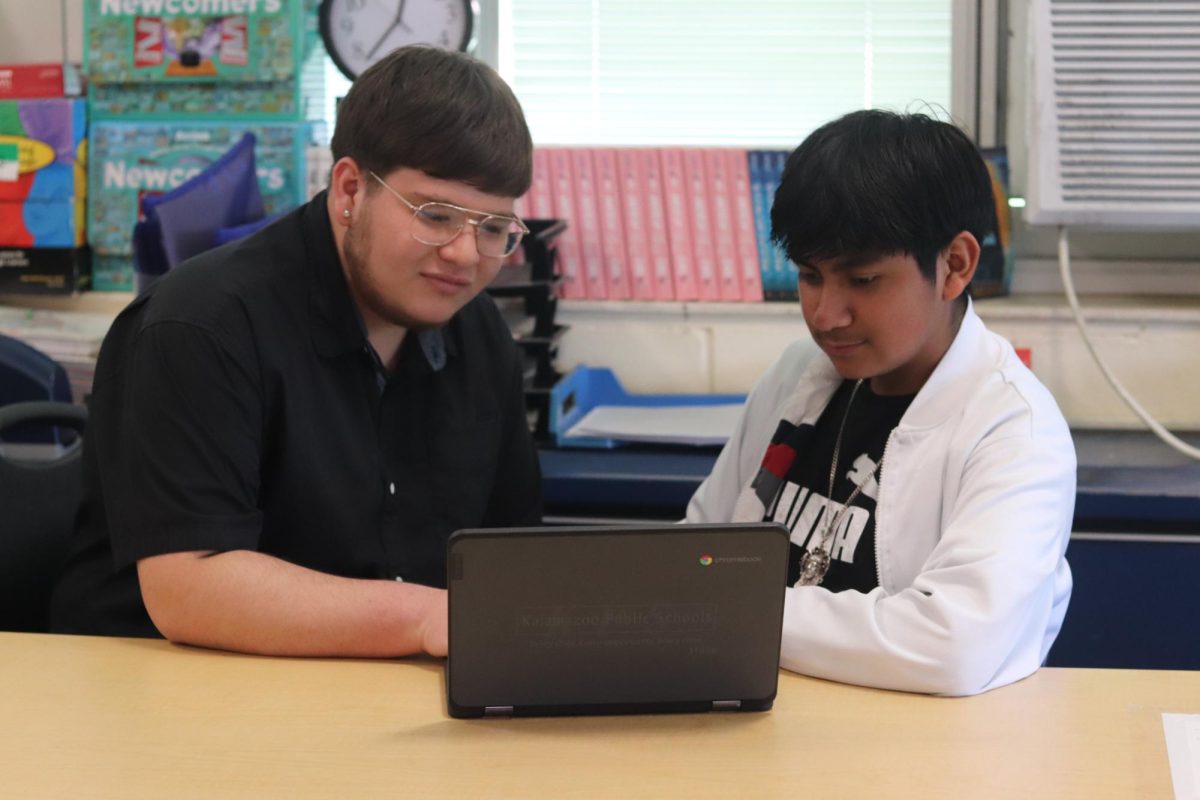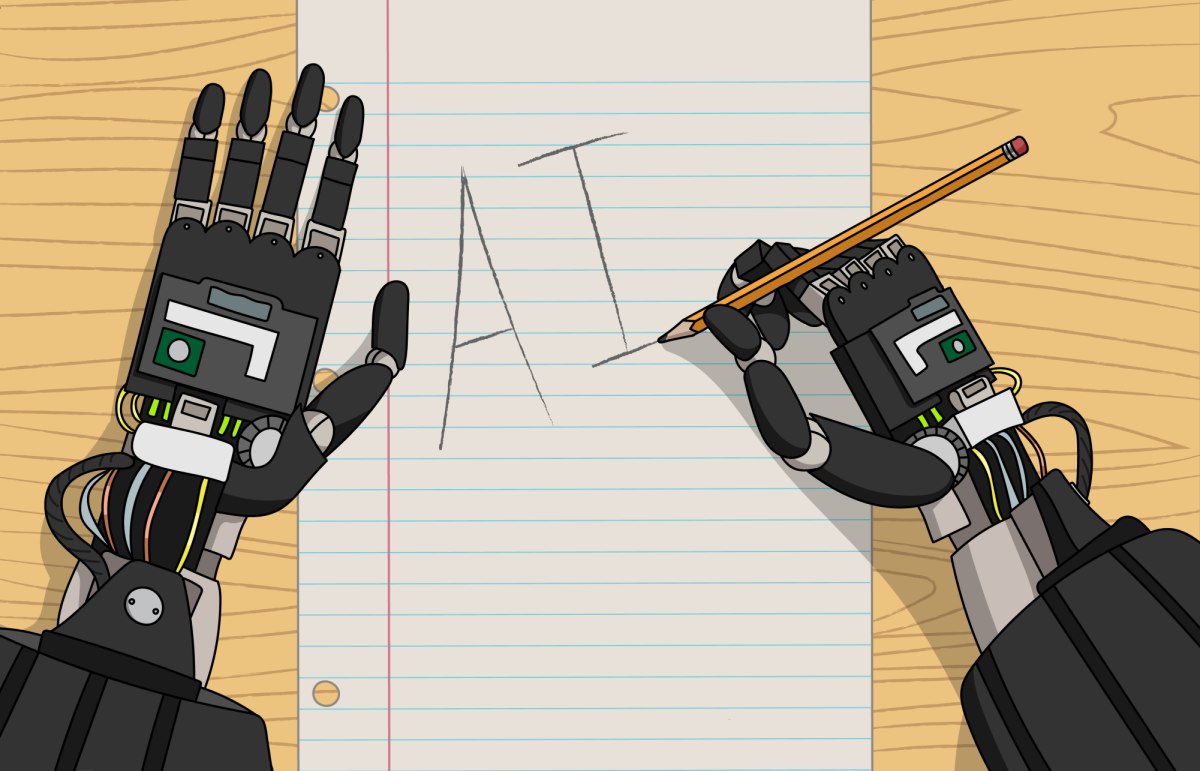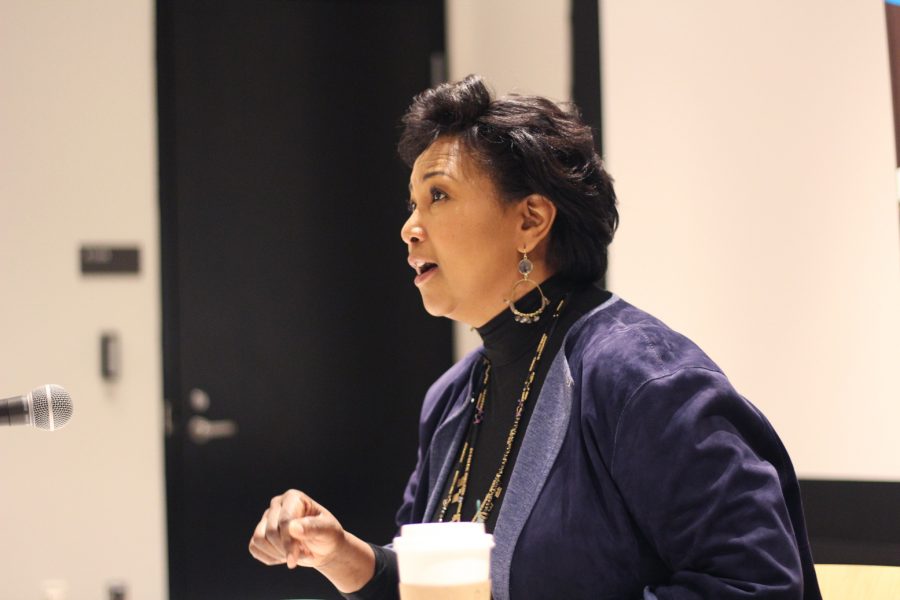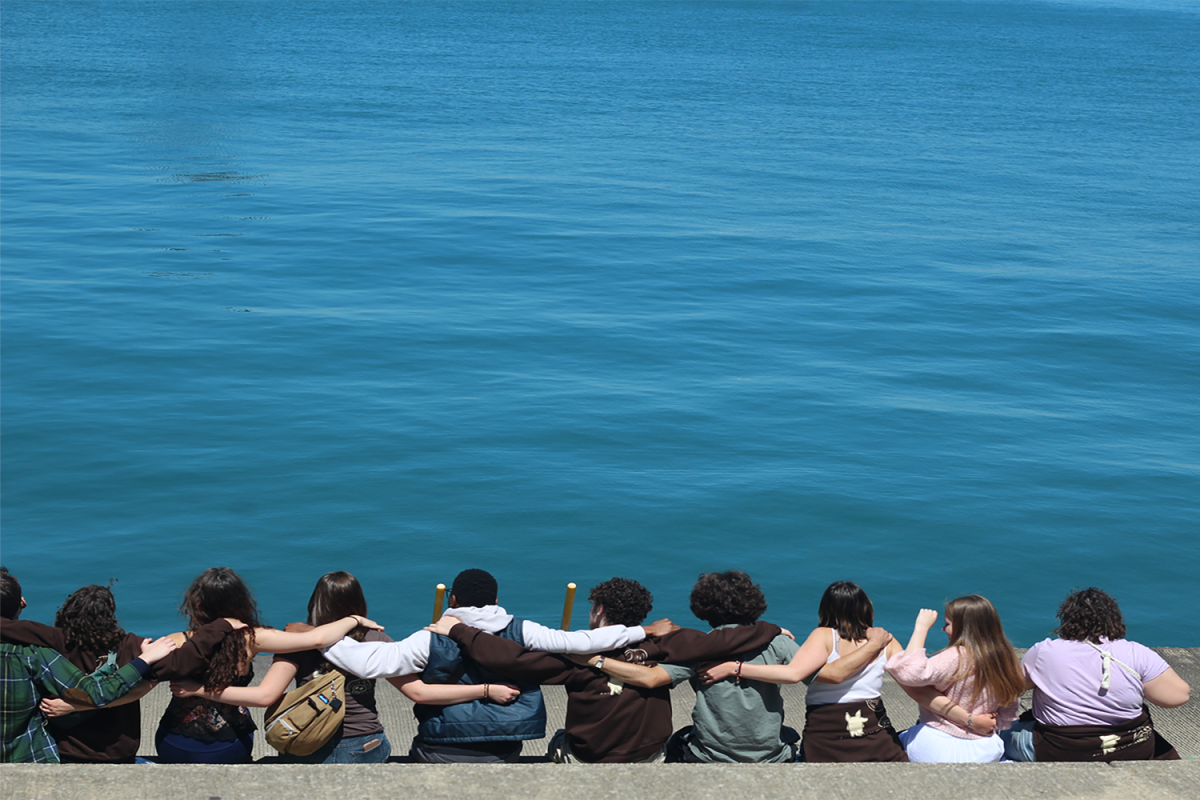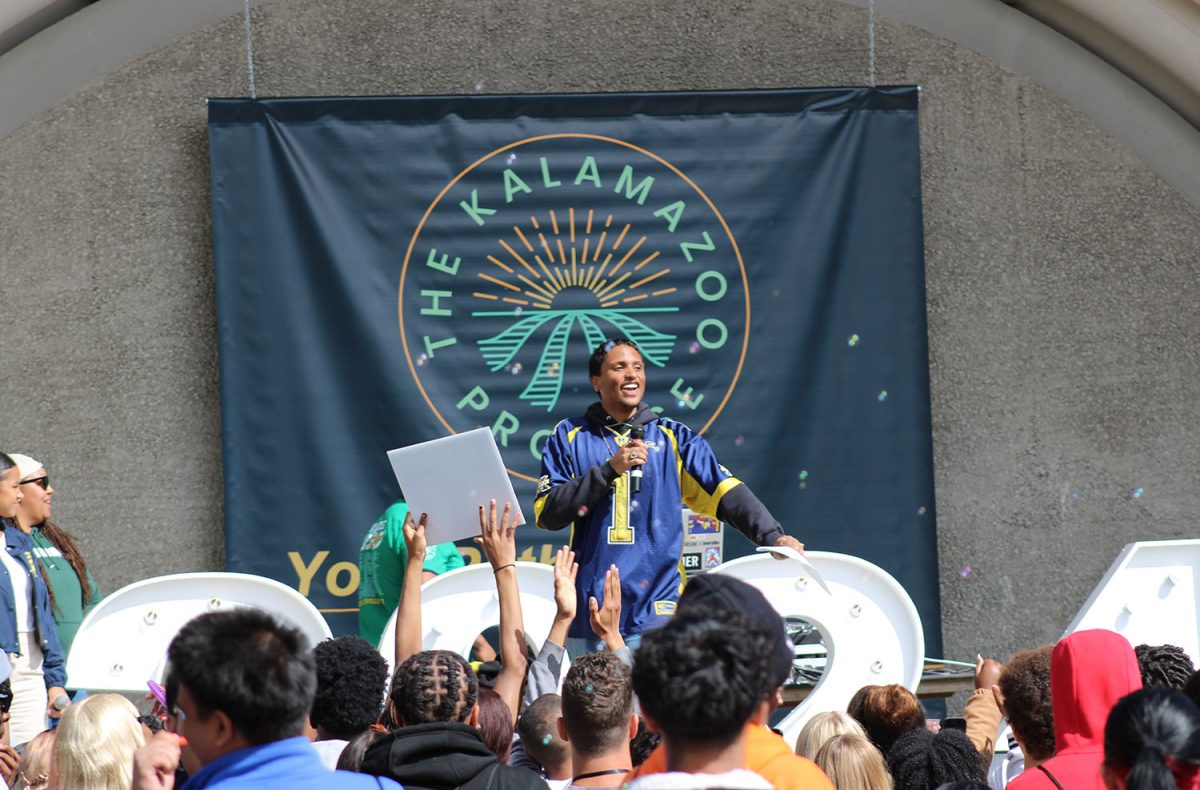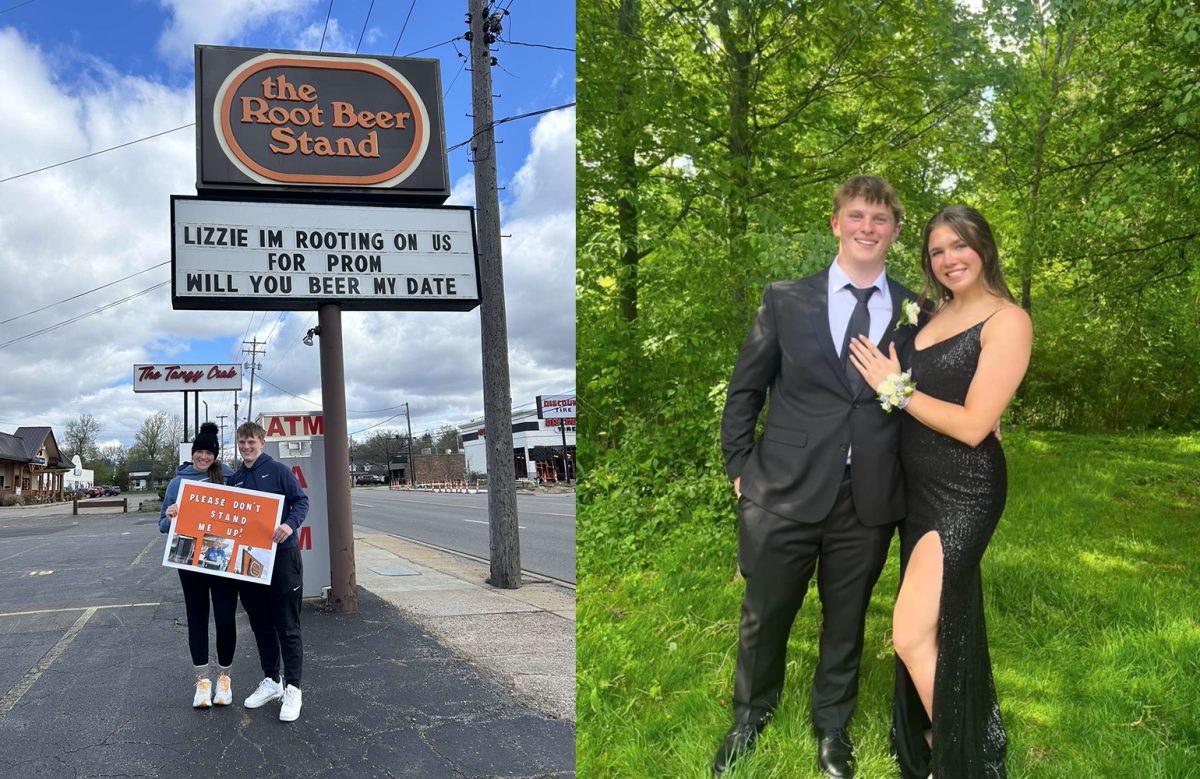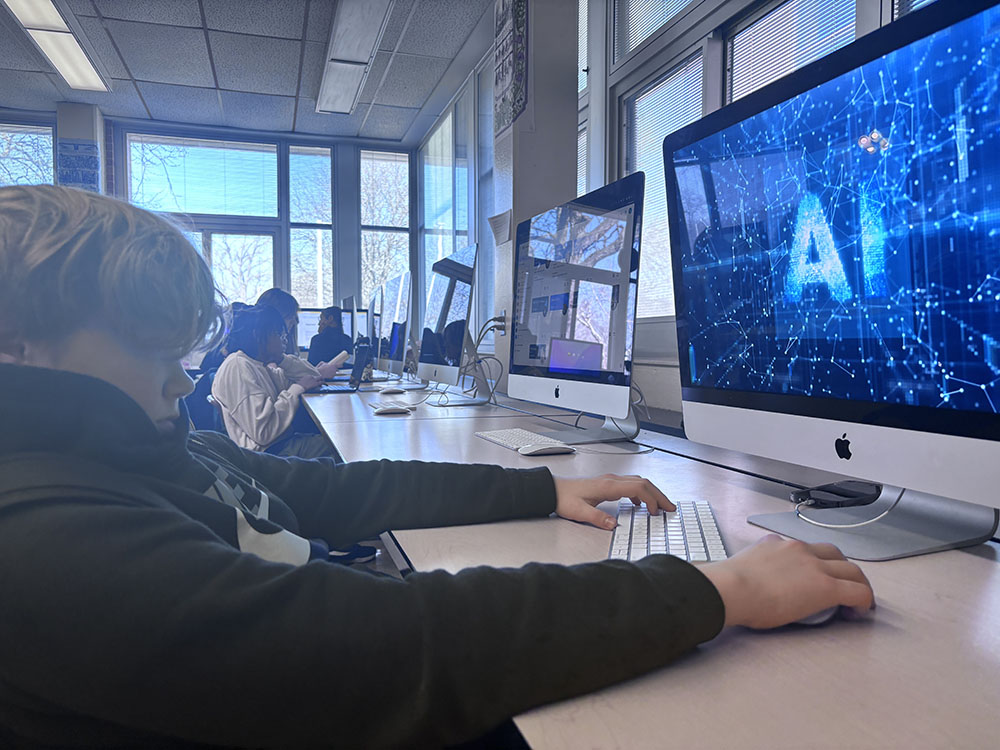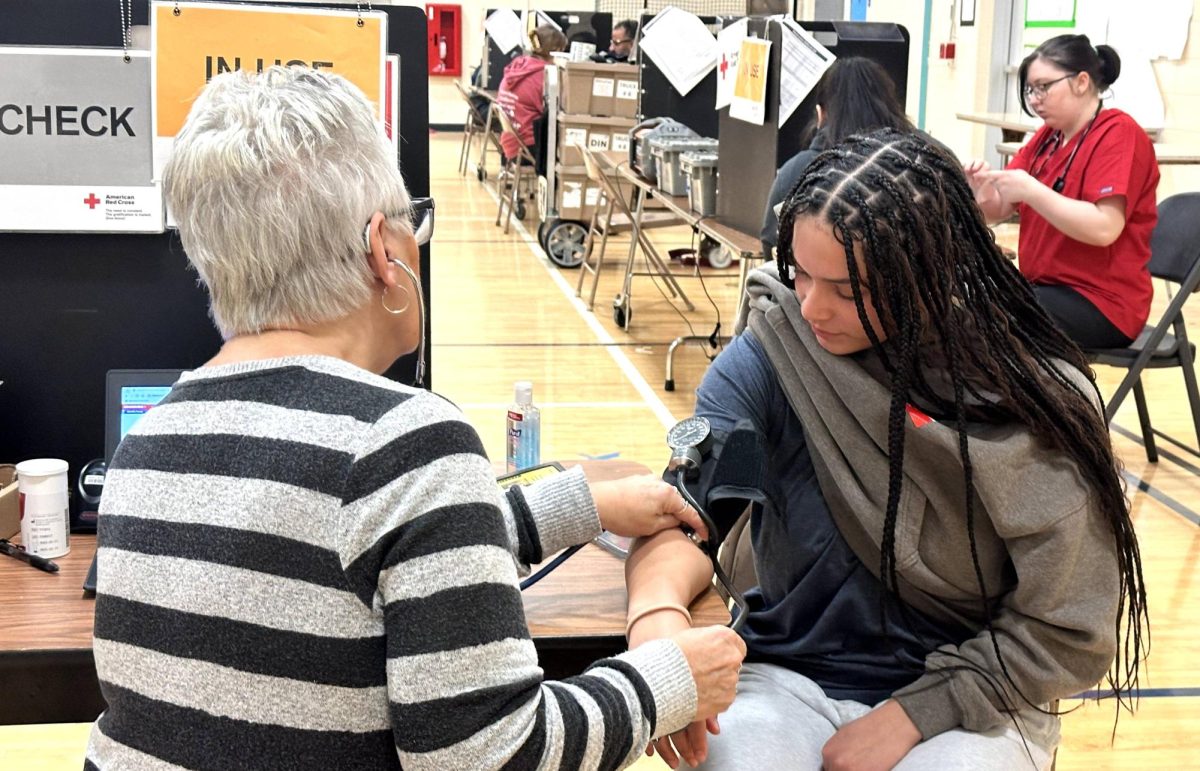“I wanted to be involved because just like every little kid, I’ve looked at the stars and wondered what they were and I felt that I had a right to be there and that I could make really great contributions.” Jemison continued, “If there had been thousands of people of every color and type and gender and ethnicity and geography in space, I’d have been like ‘I want to go! I want to go! and if there had never been one person I would [still] have wanted to go.”
On October 17, 1956, Mae Jemison was born in Decatur, Alabama, to Charlie and Dorothy Jemison. Little did they know that their daughter would become the first African American woman to go to space.
Jemison grew up in Chicago, Illinois, at times Jemison expressed an interest in being a scientist when she grew up, at other times she said she wanted to be a professional dancer.
At only age 16, Jemison went to Stanford University where she received a Bachelor of Science degree in chemical engineering and fulfilled requirements for a Bachelor of Arts in African and Afro-American Studies. Jemison got her Doctor of Medicine degree in 1981 at Cornell Medical College and interned and worked as a general practitioner at Los Angeles County-University of South Carolina Medical Center.
After getting her medical degree, Jemison joined the Peace Corps where she served as a doctor for three years. In 1987 Jemison was accepted to the National Aeronautics and Space Administration (NASA) space program as one of fifteen candidates chosen out of around 2 thousand applicants. She made history as the first ever African American woman to go into space as the science mission specialist on the mission STS-47 Spacelab-J, a cooperative mission between the United States and Japan from September 12 to 20, 1992.
After resigning from NASA in 1993, Jemison began her work educating mainly children and getting as many people as possible involved in science and the arts. Jemison felt that science and the arts were not as different as people made them appear.
A famous quote of Jemison’s from her TED talk explains it best, “The difference between science and the arts is not that they are different sides of the same coin even, or even different parts of the same continuum, but rather, they are manifestations of the same thing. The arts and sciences are avatars of human creativity.”
Jemison’s current work includes leading the project known as 100 Year Starship and traveling to give talks on both her experiences as an astronaut and her current involvement in science. On March 23, 2017, Jemison came to Kalamazoo, Michigan, to give one of a series of talks called Science and the Human Endeavor.
At a press conference a few hours before the talk, Jemison spoke to a combination of student and professional reporters.
The main highlight of Jemison’s talk was the significance of individual perspectives. At the press conference, Jemison spoke about how as a black woman, astronaut, scientist, kid from the southside of Chicago, doctor and dancer, she has had many experiences, each giving her a new perspective to “bring to the table,” or contribute to conversations between world leaders, scientist, and other important minds, about how to solve the world’s problems.
“The perspectives you grew up with, the perspectives that you learned along the way, influence how you see problems and how you solve them,” said Jemison.
At her talk, Jemison expanded on her ideas. In her opinion, it is important to have as many people involved as possible in order to best solve problems; however, Jemison also noted that perspectives can only be heard if people speak their mind.
“What difference does it make if you get a place at the table and you mind your table manners like everyone else,” said Jemison at her talk.
“Right now we look at science fields, STEM-science, technology, engineering, mathematics- any of those fields for actually helping us solve the world’s problems, and yet at the same time we don’t have as many people involved as we should. We don’t have the perspectives that we could get, and so for me, it’s always been really important to try to get many people involved. That’s across all kinds of fields,” said Jemison.
Shortly after she left NASA, Jemison started The Earth We Share International Science Camp for middle school and high school students.
“It was called ‘The Earth We Share’ because even though I’m really, really excited about space exploration, and that’s where a lot of my work lies, it’s not gonna solve our problems except for as we apply them to life here on Earth,” Jemison continued, “Most of us are going to be on this planet and then the shattering news is we have to share this planet no matter what.”
Jemison’s goal was to get more kids involved in the pursuit of knowledge through science literacy. Science literacy is not solving complex equations but being able to look at information on a page relating to science or technology and understanding what you are looking at.
As a child Jemison was often encouraged to do her own learning and discovery by her parents.
“My mother would always challenge me to read new things, and whenever I thought I was just a little too bright, she would give me something that I didn’t know the answer to and challenge me to go find it, and also support me when I was going to find it as well,” said Jemison.
Jemison’s father would often encourage her to read books and join card games with him and his friends despite her young age.
“Both my parents, my mother and my father, were very important. You know, I chose my parents well… I think we come out of the shoot inspired. I think children are, as I said, very motivated and the big thing is to not demotivate them or take their energy away,” said Jemison.
During the press conference Jemison responded to questions from reporters about children and their “addiction to technology.” Jemison was quick to point out that children’s interest in technology stems from seeing their parents use technology and having movies and shows placed in front of them from a young age to make it easier to watch them. Jemison repeatedly stressed that technology was “NOT a kid’s problem”.
Jemison went a step further by relabeling adults’ struggle to understand technology as a resistance to learning.
“There’s something that adults must stop saying, cause they think it’s cute, you know, when they say, ‘I can’t program my blueray player but my grandbaby can.’ None of that’s cute, it’s just not cute, and it’s telling a five year old that you don’t expect to grow and learn once you get to be a certain age. That’s absurd,” said Jemison.
Jemison also spoke of her current work as the president of a program known as One Hundred Year Starship. The project’s goal is to achieve interstellar space travel or travel between stars (and their solar systems) in the next hundred years. To help explain the magnitude of this project- every star is the center of its own solar system, our planet Earth is a part of the solar system that revolves around the Sun, which is a star.
Mars, a planet also in our solar system, is 54.6 million kilometers away, and humans still haven’t walked on it. In comparison, the nearest star to Earth is trillions of kilometers away, so far away that the distance is measured in light years- or the speed at which light, the fastest thing in the universe, travels- and is 4.24 light years away. The One Hundred Year Starship project members are trying to think through the massive challenges that would be faced by people on an interstellar voyage.
Jemison supports this project because she believes that the work done by people today can change the future. As Jemison repeatedly pointed out, any technology, any scientific knowledge we have today is all based off of what people discovered five, ten, one hundred years ago. She believes that any small steps we take today will provide the basis upon which our descendants can continue to progress. Any progress, no matter how small, is progress-and can come from anyone, anywhere, at any time.

